That Tilted Sleep Position? It Might Be Damaging Your Neck
For years, Jason thought he was just a quirky sleeper.
His wife would occasionally tease him about the way he slept—head tilted off to one side, chin almost touching his shoulder, like a question mark curled into a pillow. “You look like you're trying to dodge something in your dreams,” she joked once.
But Jason didn’t think much of it. After all, he fell asleep easily, stayed asleep through the night, and rarely woke up in the middle of a dream. What could possibly be wrong?
The Slow Accumulation of Tension
Then came the tightness.
It began subtly: a little stiffness turning his head at his desk, a faint pressure behind his right shoulder blade when driving. By the time he hit his mid-40s, the discomfort was no longer occasional. It was chronic. He would wake up with a sore neck, rotate his head and hear a faint click, and need a few minutes of stretching before even standing upright.
A visit to his physical therapist brought clarity—and surprise.
“You’re compressing your cervical spine in your sleep,” the therapist explained. “That habit of tilting your head sideways while lying down? Over time, it creates asymmetry in muscle use, nerve compression, and even mild misalignment in your upper spine.”
Jason had never considered that his sleeping position—one he assumed was harmless—was contributing to years of accumulated discomfort.
Rethinking the Role of the Pillow
Determined to make a change, Jason began reexamining not just his posture, but what was enabling it—his pillow.
He had been using a standard flat foam pillow for years. It offered no structured support, and no contouring to guide his neck into alignment. In fact, it practically invited his head to fall sideways.
After doing his research, Jason came across The Cervical Pillow by DonaHona, which stood out not just for its material but for its design philosophy. The idea wasn’t just to provide softness—it was to gently prevent harmful sleep posture from happening in the first place.
The Shift: Guided Support That Makes Sleep Feel Intentional
From the first night, Jason noticed the difference. The Cervical Pillow didn’t allow his head to fall into that familiar sideways drop. Its contoured shape guided his neck into a neutral, supported position—without feeling rigid or restrictive.
The side zones of the pillow provided subtle lift when he turned, keeping his spine in a straight line from his head to his lower back. The memory foam didn’t collapse under his weight but adapted just enough to maintain alignment.
Over the course of several weeks, Jason’s morning stiffness began to fade. The tension at the base of his neck became less frequent. And for the first time in years, he stopped waking up with the need to stretch before standing.
Breaking Habits Starts with Better Tools
Many of us develop subconscious habits in our sleep—tilting, curling, collapsing into whatever space a pillow allows. But the right pillow doesn’t just cushion; it shapes behavior.
The Cervical Pillow by DonaHona gave Jason more than comfort. It gave him structure—a design that made proper alignment feel natural, and harmful positioning harder to fall into.
If you’ve dismissed your sleeping habits as harmless, or you’ve been waking up with unexplained neck and shoulder tension, it might be time to reconsider what your pillow is silently encouraging.


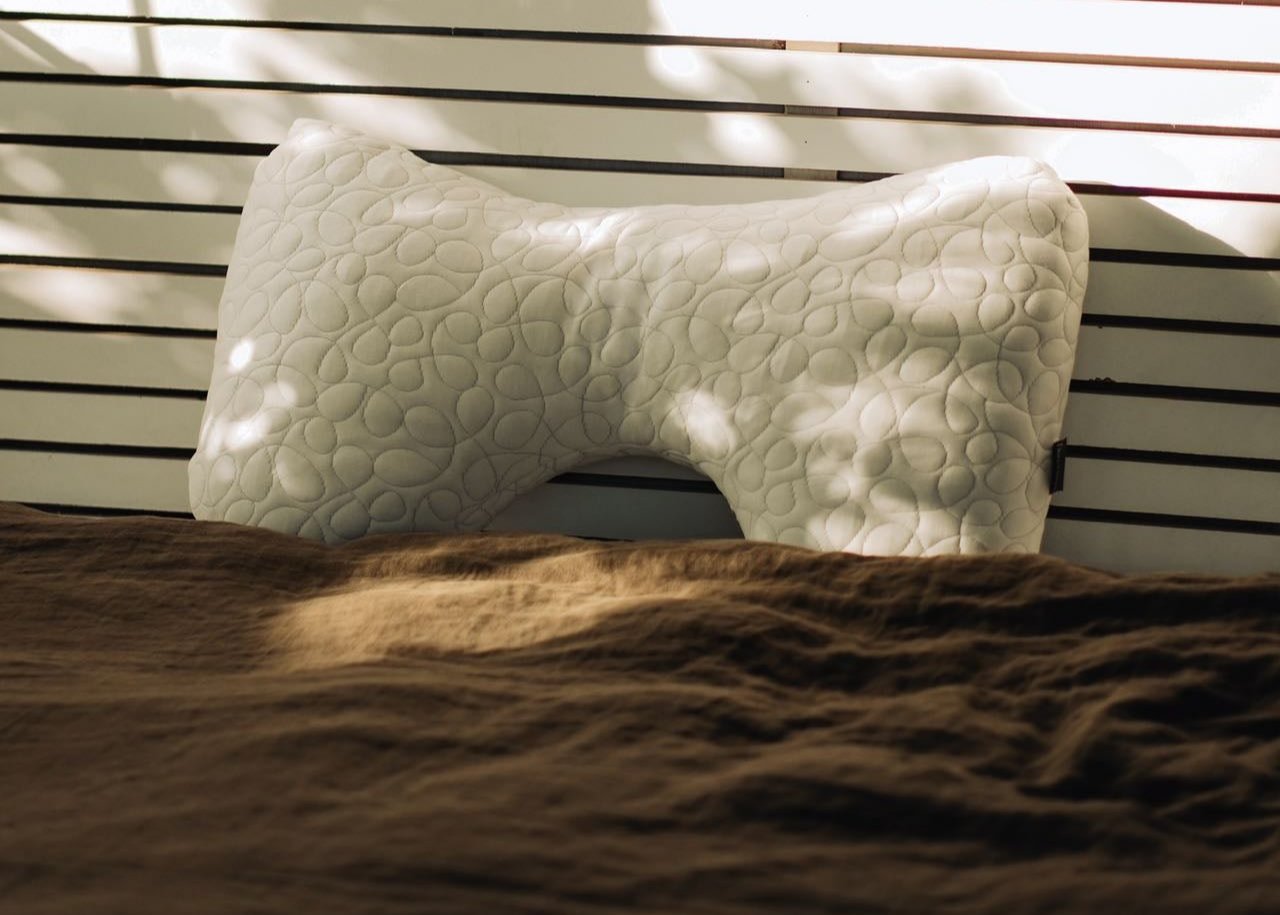
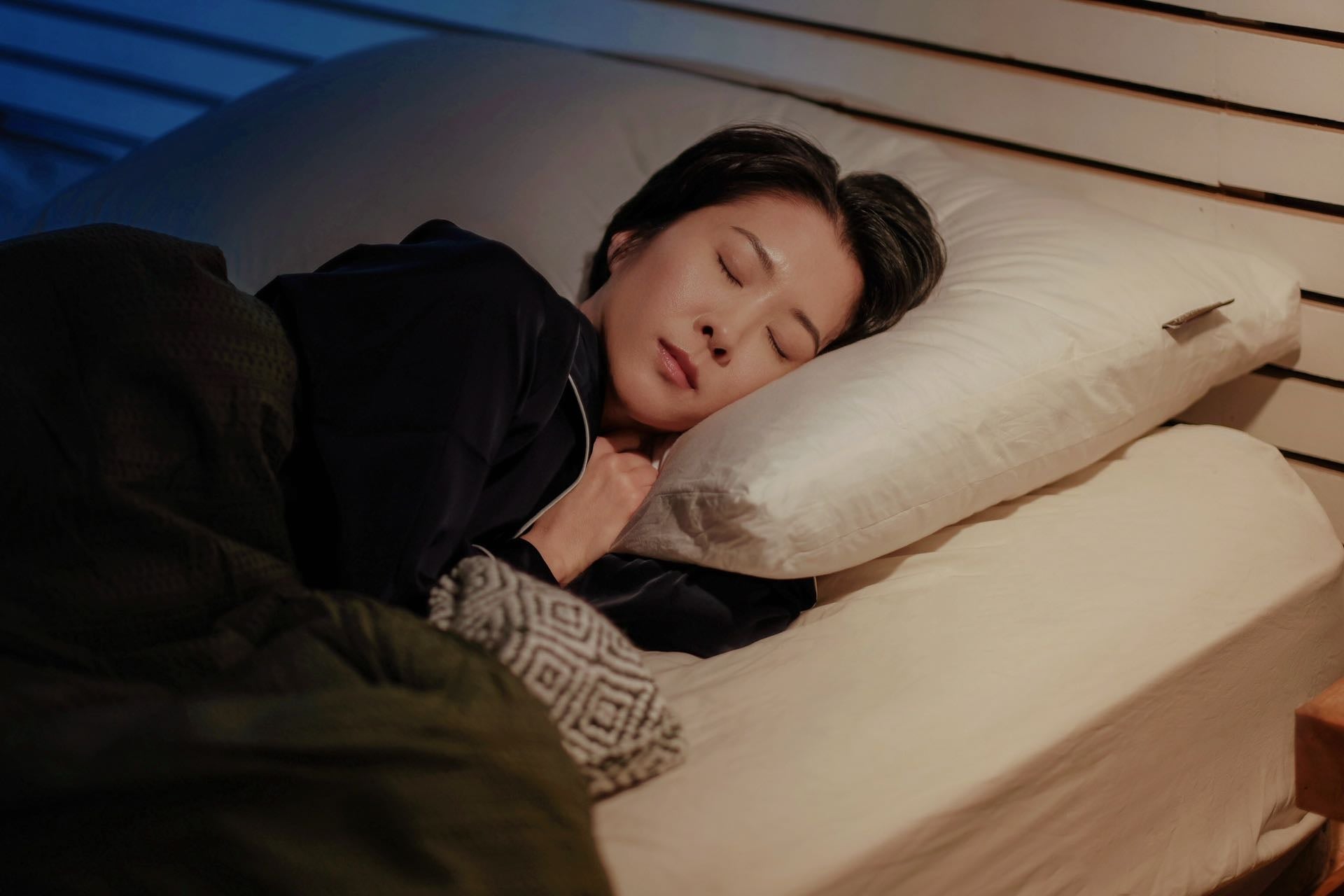

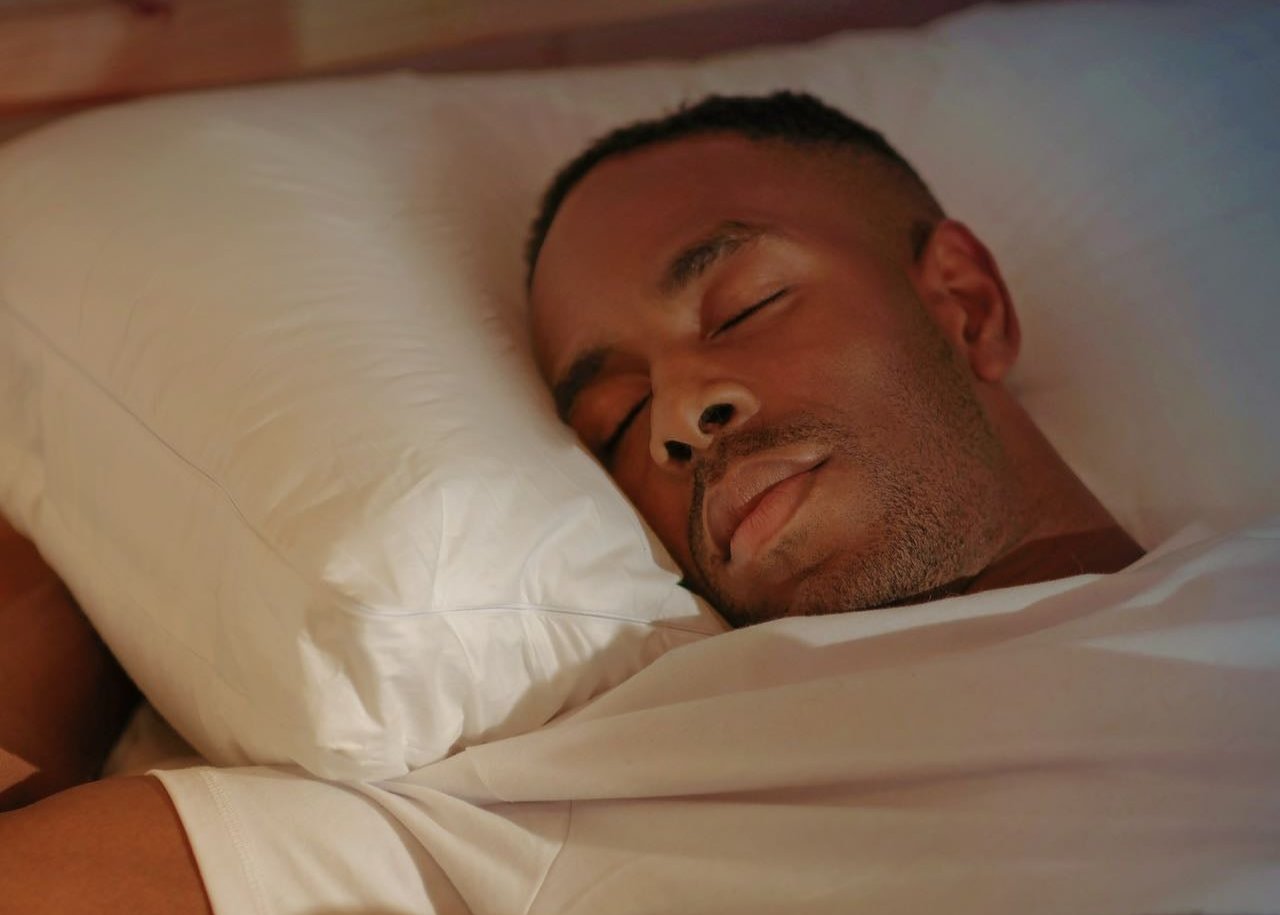
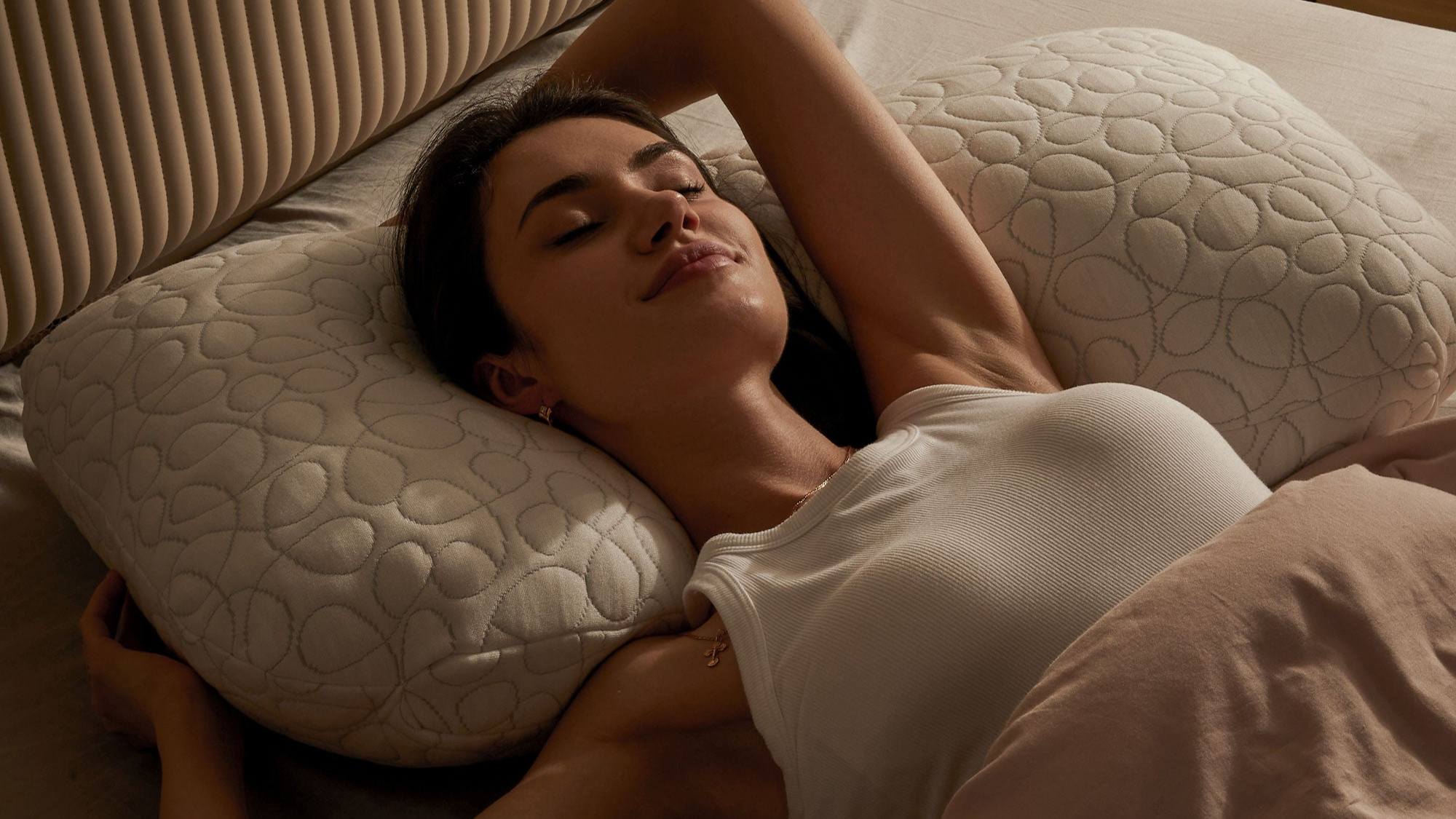
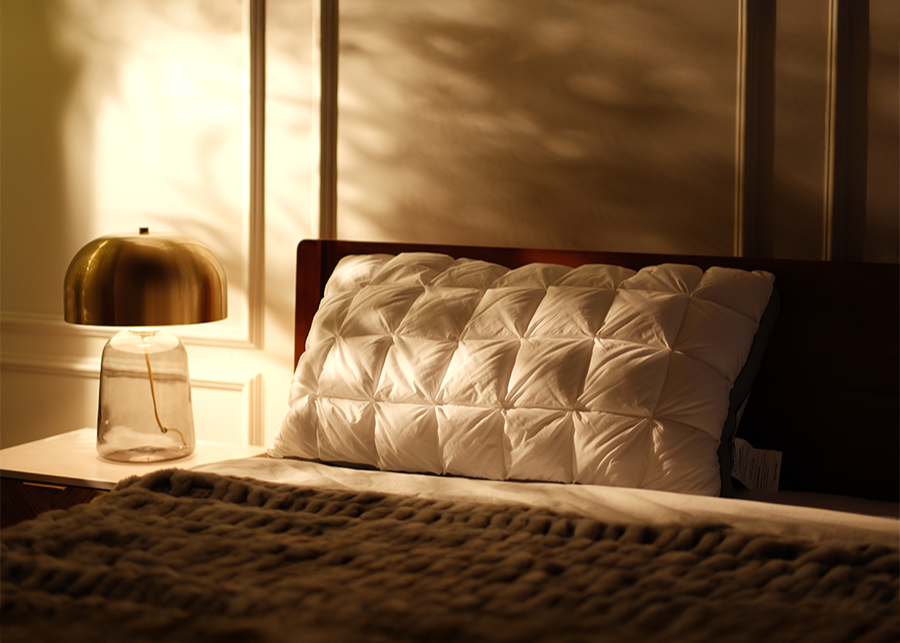

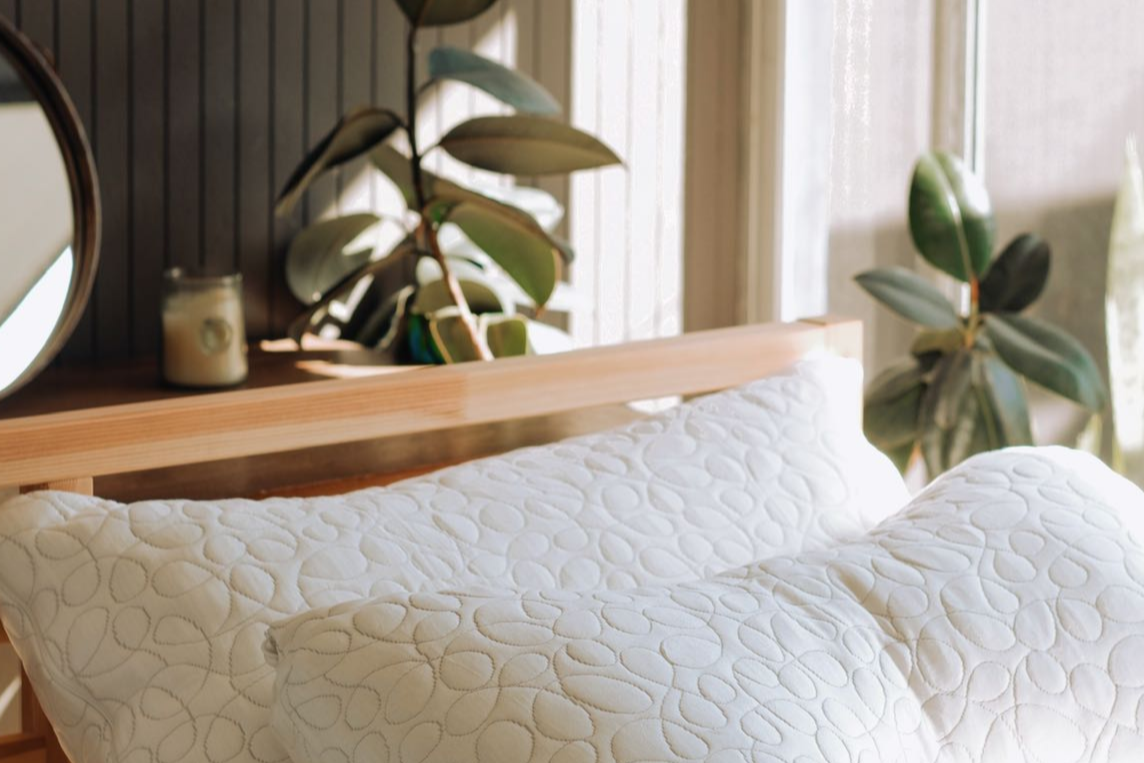
Leave a comment
This site is protected by hCaptcha and the hCaptcha Privacy Policy and Terms of Service apply.